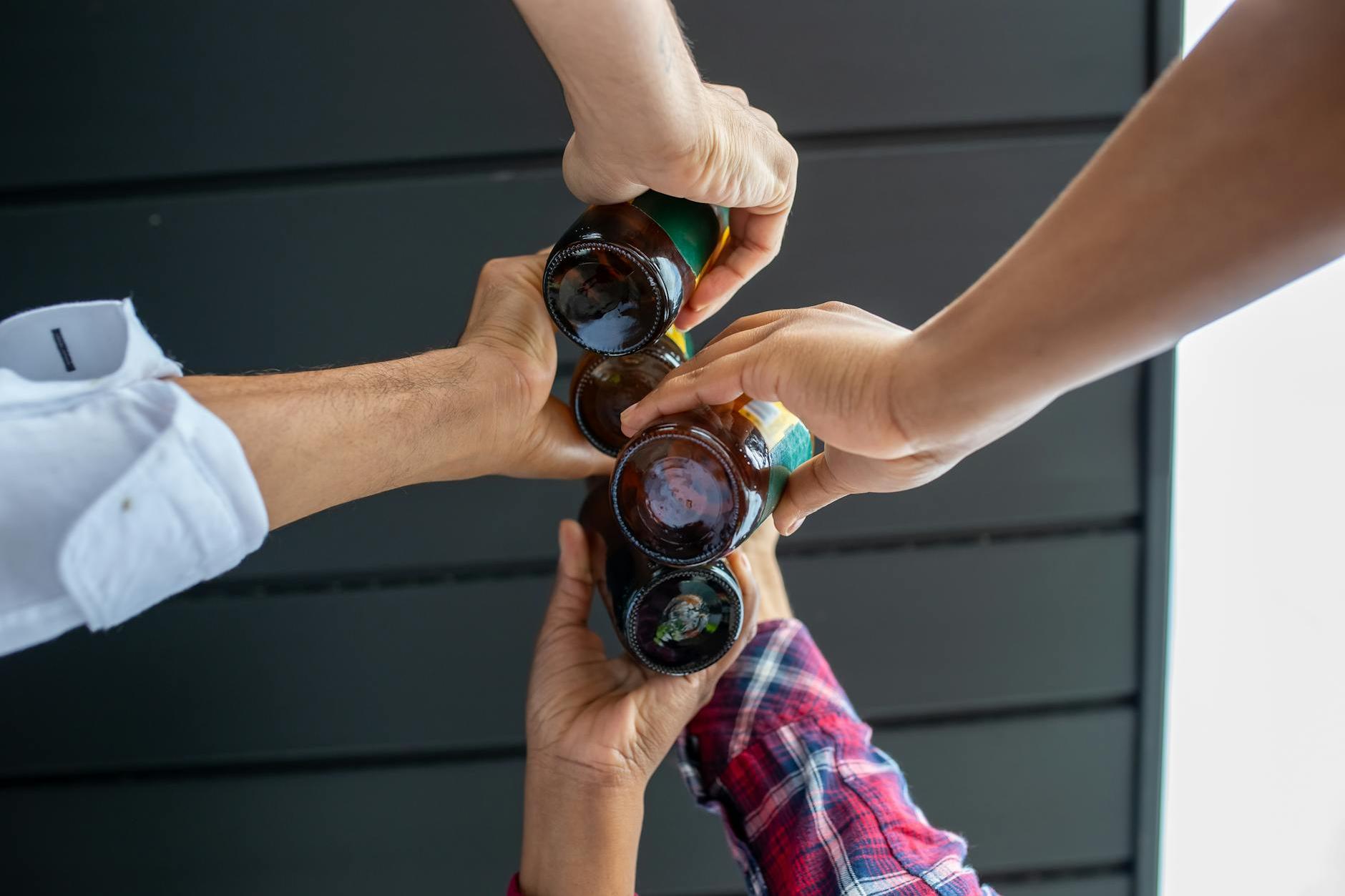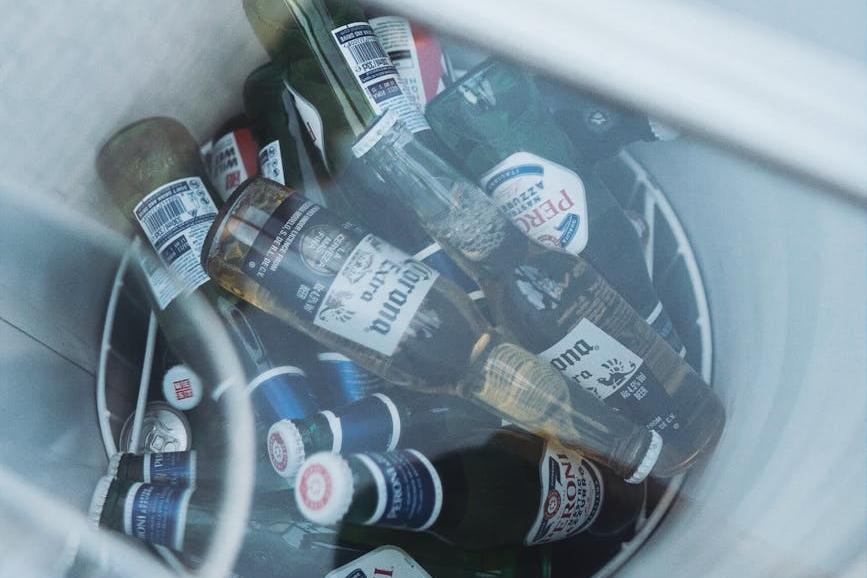- Shanghai Zhongshen International Trade Co., Ltd. - Two decades of trade agency expertise.
- Service Hotline: 139 1787 2118

When Craft Beer Meets HS Codes
Three years ago I handled a case of German monastery beer import where the client insisted their 12-degree beer should be classified under 2203.00.0090 (other fermented beverages). However, actual testing showed alcohol content reached 14.2%, ultimately classified as 2208.90.7900 (distilled alcoholic beverages), resulting in a 23% tariff difference. This case teaches us:The degree game for beer starts from commodity classification.
Triple certification system for import qualifications
- Basic qualifications
- Consignee/consignor registration (valid for 5 years)
- Certificate of sanitary origin (requires embassy/consulate authentication)
- Special Requirements
- Alcohol distribution license (provincial commerce department)
- Chinese back label filing (requires 30 working days in advance)
- Emerging requirements
- Heavy metal migration test report (newly added in 2025)
- Organic certification conversion documents (for organic beer)
The three-temperature selection for transportation solutions
| Transportation method | Full - container cold chain | Suitable alcohol content for transportation | Risk coefficient |
|---|---|---|---|
| Thermostatic container | ★★★ | 8-15% | ▲▲ |
| Cold Chain Transportation | + Electronic pre - declaration | 15-20% | ▲ |
| RegularMaritime Transportation | ★ | ≤8% | ▲▲▲▲ |
Real case: Customs clearance dispute of Belgian golden beer
In 2024, an importer declared 9% ABV beer, but port sampling inspection revealed actual alcohol content of 10.5%. Due to failure to update1. Verifyimport and exportInterpretative Notes to the Harmonized System (2025 Edition)21., resulting in:
- Classification errors led to cancellation and re-declaration
- Port demurrage fees exceeded 30% of cargo value
- Shelf life loss reached 15%
Ultimately resolved by applying for emergency advance classification ruling and implementing bonded warehouse repacking solution, recovering 65% of economic losses.
Three common pitfalls for importers
- Alcohol content misconception: Malt degree ≠ alcohol content, must follow test report
- Label translation trap: Direct translation of Craft Beer may not comply with GB 7718
- Transportation solution mismatch: High-alcohol beer requires protection from direct light and temperature fluctuations
I remember last year a client brought me craft beer samples with 19°P prominently printed on the bottle. I immediately recommended dual testing - results showed 19% malt concentration but only 8.2% alcohol content, successfully avoiding misclassification as distilled spirits. This industry is like that,The devil is in the details, and so are the angels.
Related Recommendations
? 2025. All Rights Reserved. Shanghai ICP No. 2023007705-2  PSB Record: Shanghai No.31011502009912
PSB Record: Shanghai No.31011502009912










